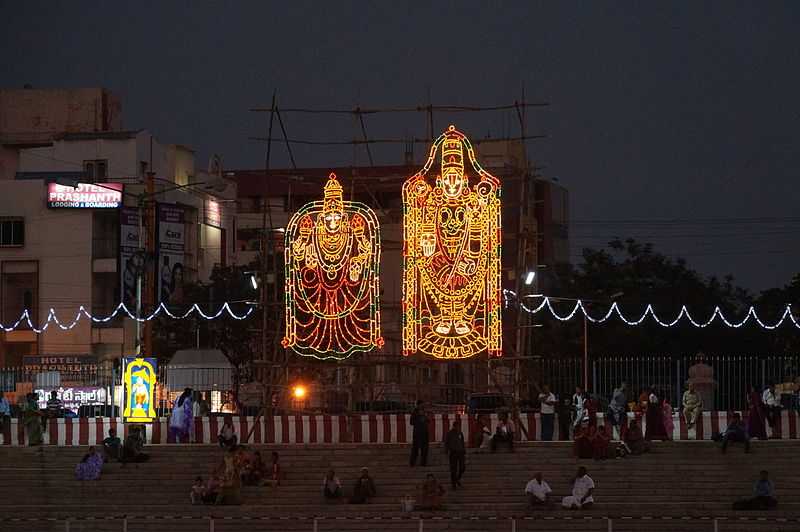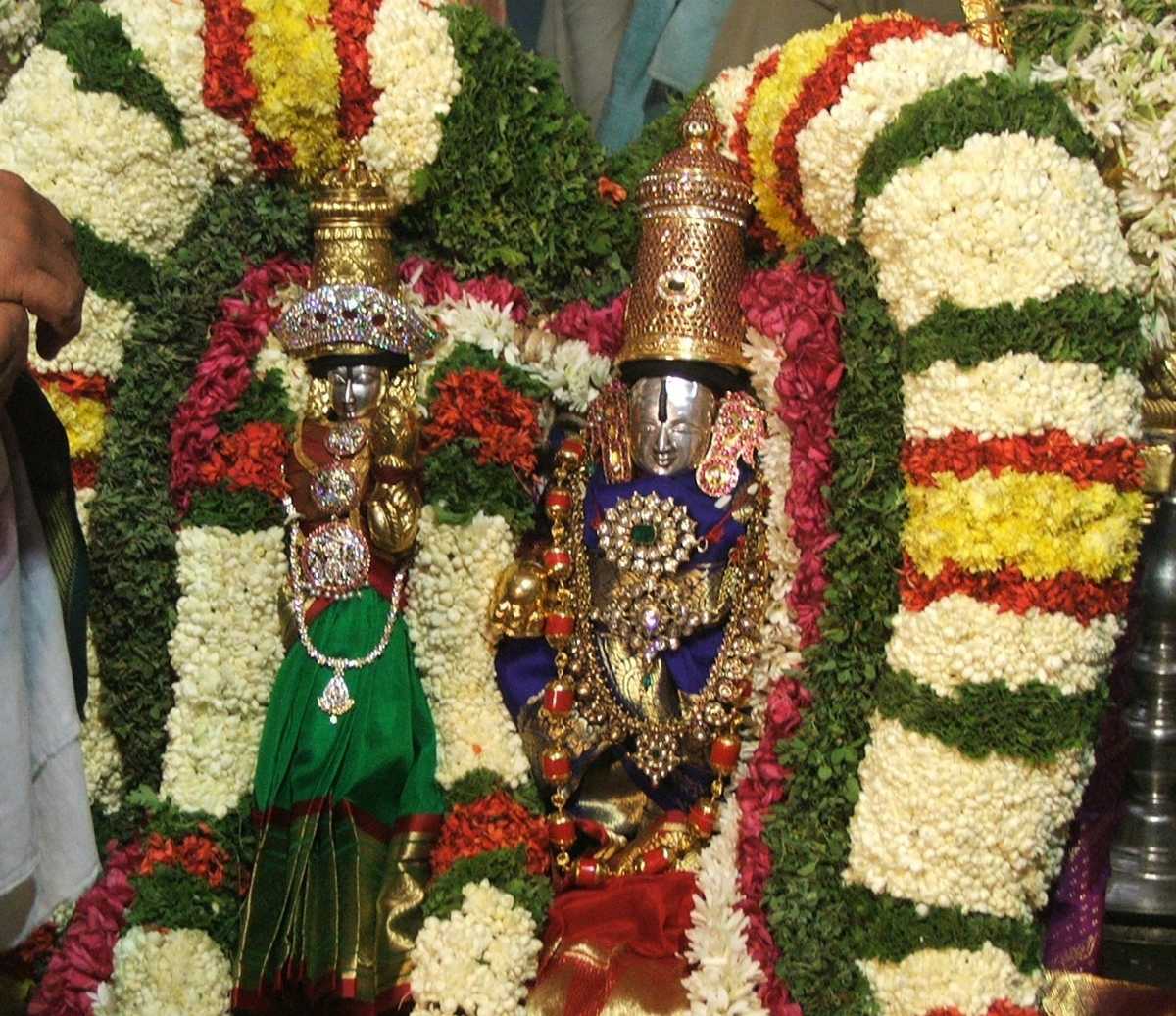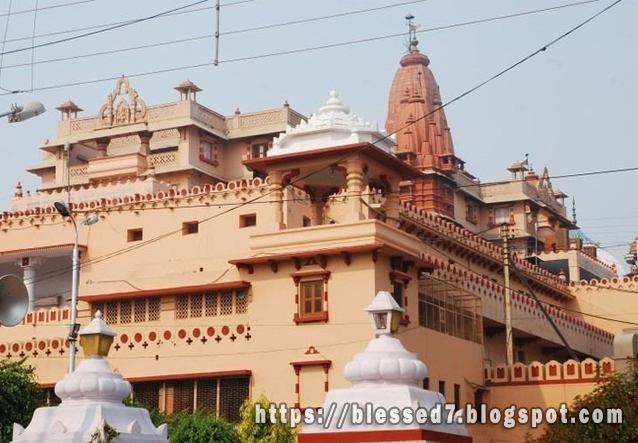Teppotsavam
Tirupati, Andhra, Pradesh India.
Teppotsavam at Pushkarini
Time Required : February - March
Entry Fee : INR 500
Timings : 9th March 2020 - 13 March 2020
Teppotsavam, Tirupati Overview
Tirumala Tirupati Teppotsavam otherwise called as the float festival is one of the most popular boat festival held at the Krishna Temple at Tirupati. Falling every year in the month of Chaitra (March) according to the Hindu Calendar, the celebrations are held on a grand scale for five days. Amidst the chants hailing Lord Govinda, the Teppotsavam is a spectacular display of culture, religion, tradition and devotion of devotees. The festival takes place at the Tirumala Venkateswara Temple in Andhra Pradesh and will be held on the 17th of March 2019.
Dates of Teppotsavam
In 2020 the event is slated to begin on 9th March and extend till 13th March. The Teppotsavam is a five-day festival held in the Hindu month of Phalguna or Chaitra (depending on the date), which occurs in February-March. The days leading up to Phalguna Pournami (full moon day) are hailed as the Teppotsavam days. The five days are according to the lunar calendar, as follows – Ekadasi, Dvadasi, Trayodashi, Chaturdashi and Pournami. The dates in the Gregorian calendar vary every year. In 2019 the festival was held between 17th March and 21st March.
The processions are held in the evening, usually between 7:00 PM and 8:00 PM. The hour-long event begins at the holy tank.
Teppotsavam Tickets
Day: INR 500
Arjitha Seva: INR 200
Devotees are expected to book the time of their darshan in advance, and online bookings on the Tirumala Tirupati Devasthanam website are preferred. You are expected to carry a proof of identity to the venue after booking your slot online. Bookings open 90 days before the commencement of the festival. You must assemble 40 minutes before the event begins, to verify credentials.
The Teppotsavam Seva is priced at INR 500 per person per day. Devotees are given offerings of silk garments, a blouse piece and prasadam as part of the Seva. The seva or prayer following the Teppotsavam is called Arjitha Seva. This includes prasadam too. The famed Tirupati laddu is lip-smackingly delicious! This sweet meat is made from ghee, sugar, raisins, cashews and gram flour, and is a must-have here!
On each day leading up to the grand finale, different floats are led to the Srivari Pushkarini, the divine tank. The idols of the deities are called Utsav Murtis, as they are specially designed to be brought outside the sanctum. The idols are carried around the temple complex through the mada streets, which lie just outside the main building. After circumambulating the tank, the Murtis are mounted on colourfully decorated floats and carried out to the middle of the tank to the Vasantha Mandapam. This Mandapam is a four-pillared structure built in the Pushkarini, where special prayers are held.

Source
























